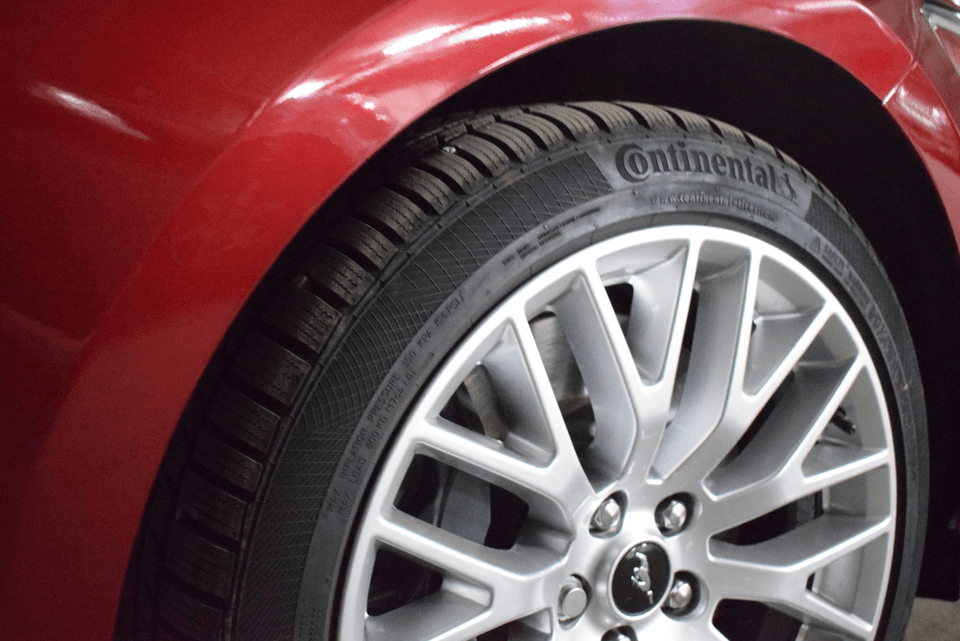
- Products
- All Categories
- RACK / BOLT / NUT / SPACERS
- ACCURA / HONDA
- ABT / AUDI
- BMW / ALPINA / MINI
- BUICK / CADILLAC /CHEVY /GMC
- FERRARI / MACLAREN
- CHRYSLER / DODGE / FORD
- INFINITI / NISSAN
- JEEP
- LAND ROVER / RANGE ROVER / DEFENDER
- LEXUS / SCION / TOYOTA
- MAYBACH / MERCEDES-BENZ / SMART
- MAZDA / MITSUBISHI / SUBARU
- PORSCHE
- SKODA / SEAT / VOLKSWAGEN / VAUXHALL
- TESLA
- …
- Products
- All Categories
- RACK / BOLT / NUT / SPACERS
- ACCURA / HONDA
- ABT / AUDI
- BMW / ALPINA / MINI
- BUICK / CADILLAC /CHEVY /GMC
- FERRARI / MACLAREN
- CHRYSLER / DODGE / FORD
- INFINITI / NISSAN
- JEEP
- LAND ROVER / RANGE ROVER / DEFENDER
- LEXUS / SCION / TOYOTA
- MAYBACH / MERCEDES-BENZ / SMART
- MAZDA / MITSUBISHI / SUBARU
- PORSCHE
- SKODA / SEAT / VOLKSWAGEN / VAUXHALL
- TESLA

- Products
- All Categories
- RACK / BOLT / NUT / SPACERS
- ACCURA / HONDA
- ABT / AUDI
- BMW / ALPINA / MINI
- BUICK / CADILLAC /CHEVY /GMC
- FERRARI / MACLAREN
- CHRYSLER / DODGE / FORD
- INFINITI / NISSAN
- JEEP
- LAND ROVER / RANGE ROVER / DEFENDER
- LEXUS / SCION / TOYOTA
- MAYBACH / MERCEDES-BENZ / SMART
- MAZDA / MITSUBISHI / SUBARU
- PORSCHE
- SKODA / SEAT / VOLKSWAGEN / VAUXHALL
- TESLA
- …
- Products
- All Categories
- RACK / BOLT / NUT / SPACERS
- ACCURA / HONDA
- ABT / AUDI
- BMW / ALPINA / MINI
- BUICK / CADILLAC /CHEVY /GMC
- FERRARI / MACLAREN
- CHRYSLER / DODGE / FORD
- INFINITI / NISSAN
- JEEP
- LAND ROVER / RANGE ROVER / DEFENDER
- LEXUS / SCION / TOYOTA
- MAYBACH / MERCEDES-BENZ / SMART
- MAZDA / MITSUBISHI / SUBARU
- PORSCHE
- SKODA / SEAT / VOLKSWAGEN / VAUXHALL
- TESLA

Comprehensive Resources
Your go-to guide for all things wheels
Installation Made Easy
Follow our detailed guides to ensure a perfect fit.
Pre-Installation Checklist
Before you begin the installation of your new wheels, ensure that you have all necessary tools and components ready. This checklist includes verifying the wheel specifications, checking for any shipping damages, and having the right lug nut torque settings handy. A proper setup will not only make the installation smoother but will also contribute to the longevity and performance of your wheels.Step-by-Step Installation Process
Our installation guide breaks down the process into manageable steps. From removing your old wheels to securely fastening the new ones, each step is illustrated with clear instructions and images. Pay special attention to the torque specifications provided to ensure that your wheels are properly secured. This attention to detail is crucial for safety and performance on the road.Post-Installation Inspection
After installation, performing a thorough inspection is essential. Check for proper alignment and ensure that there are no unusual sounds or vibrations when driving. We recommend re-checking the torque settings after a short drive to account for any settling. Regular inspections will help maintain the performance and safety of your newly installed wheels.Caring for Your Wheels
Tips to ensure your wheels remain in top condition.
Regular Cleaning Practices
To maintain the aesthetic and performance of your wheels, regular cleaning is essential. Use a pH-balanced wheel cleaner and a soft brush to remove dirt and brake dust without damaging the finish. Avoid harsh chemicals and abrasive materials that can scratch the surface. Consistent cleaning not only keeps your wheels looking great but also prevents corrosion and wear.Inspecting for Damage
Regularly inspect your wheels for any signs of damage such as cracks, bends, or corrosion. Early detection of issues can prevent more significant problems down the line. Look for any unusual wear patterns that might indicate alignment issues. If damage is found, consult with a professional to assess whether repair or replacement is necessary to ensure your safety.Tire Pressure Management
Maintaining the correct tire pressure is crucial for both performance and safety. Under-inflated tires can lead to excessive wear on your wheels and may affect fuel efficiency, while over-inflation can cause handling issues. Check the tire pressure regularly, especially before long trips. Proper inflation supports optimal performance and prolonged lifespan of your alloy wheels and steel rims.Common Queries
Find answers to your most pressing questions about our products.
What are OE specifications?How do I know which wheels fit my vehicle?What shipping options are available?







